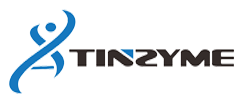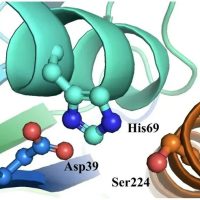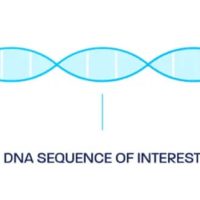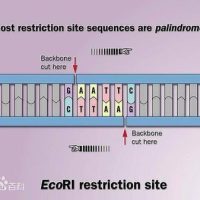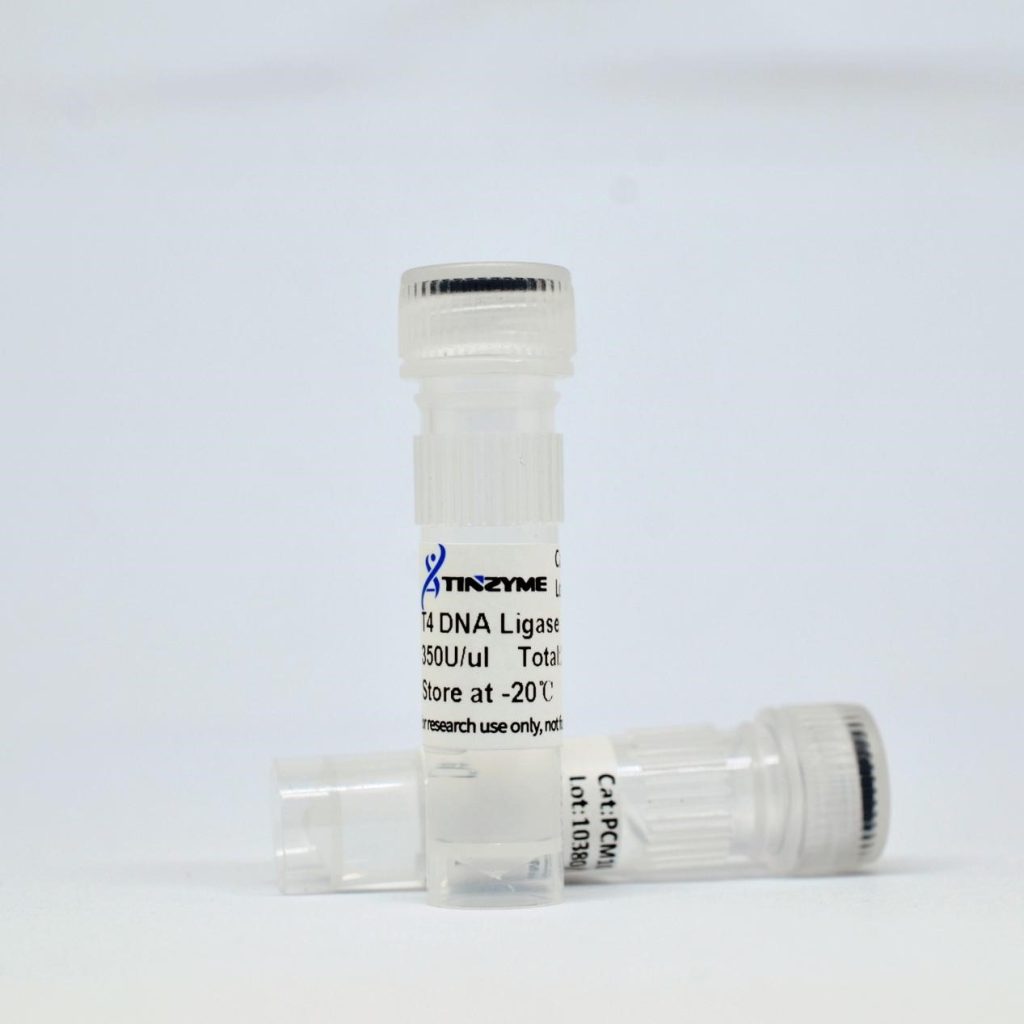
The main ligases used in genetic engineering are E. coli DNA ligase and T4 DNA ligase, the latter of which is now more widely used.T4 DNA ligase can repair single-stranded incisions in double-stranded DNA, double-stranded RNA, or heterozygous strands of DNA/RNA, connecting two adjacent nucleotides, and plays an important role in DNA repair and recombination.
T4 DNA ligase can be used with restriction endonucleases to complete the digestion and ligation experiments in the traditional digestion and ligation vector construction process. It can catalyze the formation of phosphodiester bonds between the 5'-P and 3'-OH ends of double-stranded DNA, and it has good ligation efficiency for both sticky and flat end ligation, which is widely applicable and used by many users.

T4 DNA Ligase belongs to the ligase family and is an enzyme of phage T4. It is produced by T4 phage infecting Escherichia coli and expressed in bacteria.T4 DNA Ligase consists of a protein of approximately 68 kDa and contains two structural domains: a ligase domain and an ATP-binding domain. The ligase domain is responsible for joining the broken ends of the DNA molecule, while the ATP-binding domain provides the energy to allow the joining process to proceed smoothly.
The main function of T4 DNA Ligase is to join the broken ends of DNA molecules. In DNA recombination and cloning, T4 DNA Ligase is able to join DNA fragments into a complete DNA molecule. It joins the 5' phosphate group of the DNA molecule to the 3' hydroxyl group by catalyzing the joining active site in the structural domain of the ligase to form a phosphodiester bond. This joining process requires energy from ATP, hence T4 DNA Ligase is also known as an ATP-dependent ligase.

T4 DNA Ligase also plays an important role in DNA sequencing. In the sequencing reaction, DNA molecules need to be joined together to form a ring structure in order for the sequencing enzyme to carry out the sequencing successfully.T4 DNA Ligase is able to join the two broken ends of the DNA molecules together to form a ring structure, which can satisfy the requirements of the sequencing reaction.
In addition to its application in basic science research, T4 DNA Ligase also has a wide range of applications in the field of biotechnology. For example, in genetic engineering, T4 DNA Ligase can be used to construct recombinant DNA by inserting exogenous genes into vector DNA.In addition, T4 DNA Ligase can be used to repair DNA damage, such as repairing DNA strand breaks and repairing oxidative damage to the guanine group of DNA.

LG01: T4 DNA Ligase
LG02: Fast T4 DNA Ligase
LG03C: T4 DNA Ligase
LG04: Hifi Tag Ligase
LG05: Tth Taq Ligase
